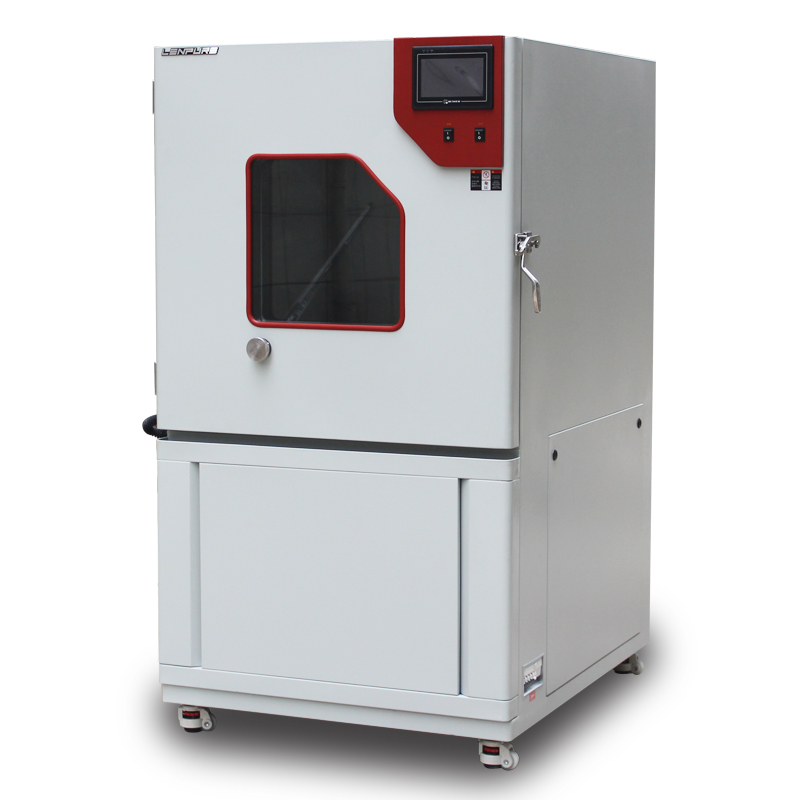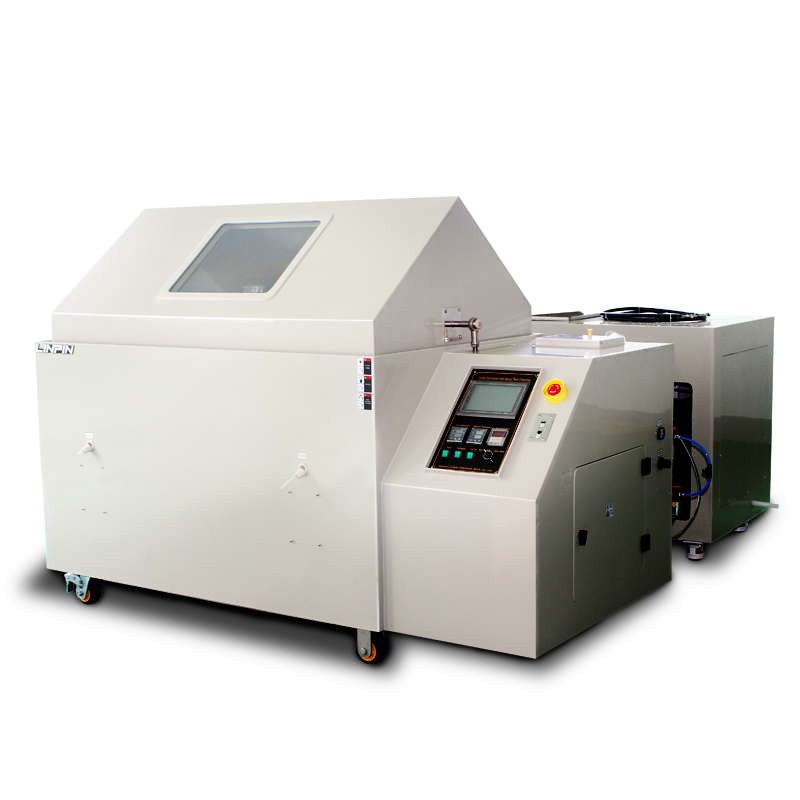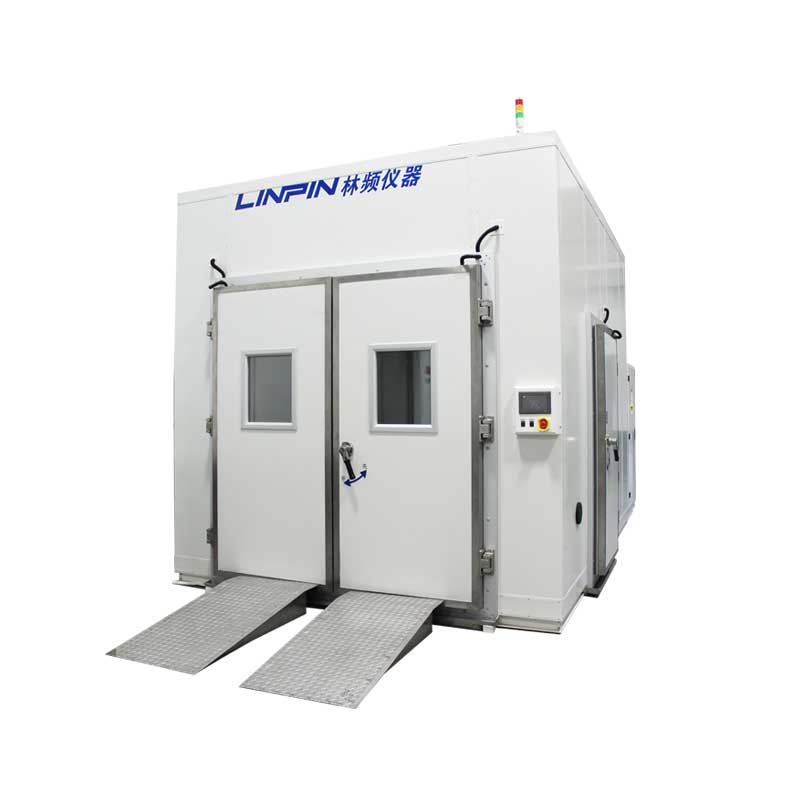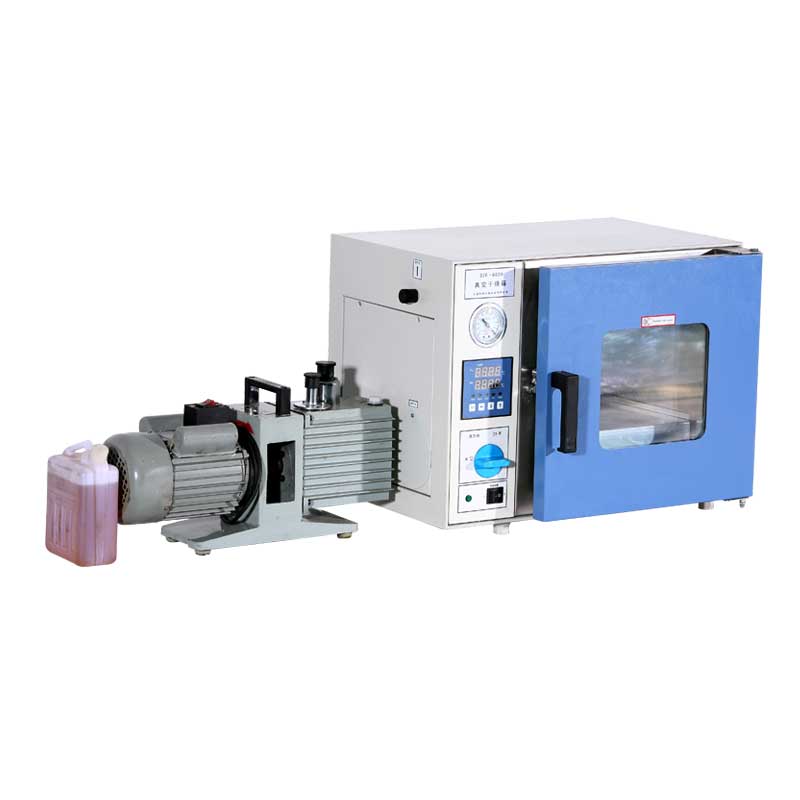How to Avoid Environmental Factors in UV Weathering Test Chamber
Author:LINPIN Update Time:2025-04-16 Source:LINPINThe test results of UV Weathering Test Chambers can be influenced by environmental factors. Eliminating adverse factors ensures more accurate results and reflects higher precision.
The impact of environmental factors mainly manifests in the following aspects:
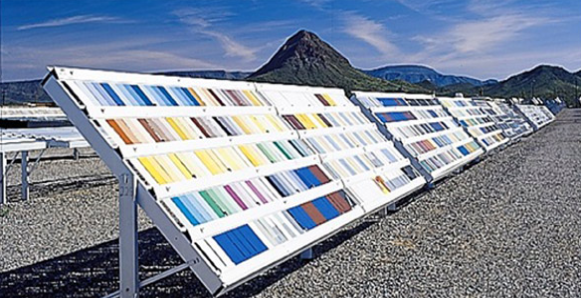
-
Chamber Temperature:
During both the irradiation and non-irradiation phases, the temperature inside the chamber should be controlled according to the specified test procedures. Relevant standards should define the temperature levels to be achieved during the irradiation phase based on the intended use of the equipment or components. -
Airflow Velocity:
- The airflow velocity near the sample surface not only affects the sample's temperature rise but may also introduce significant errors in open thermopiles used to monitor radiation intensity.
- In natural environments, the probability of encountering strong solar radiation with zero wind speed is extremely low. Therefore, if evaluating the impact of different wind speeds on samples such as equipment or components is necessary, specific requirements should be specified.
-
Surface Contamination:
Dust and other surface contaminants can severely alter the absorption characteristics of the irradiated sample surface. Ensure samples remain clean during testing. -
Humidity:
The photochemical degradation effects of various materials, coatings, and other substances differ significantly under varying humidity conditions. Specific humidity requirements should be clearly defined by relevant standards.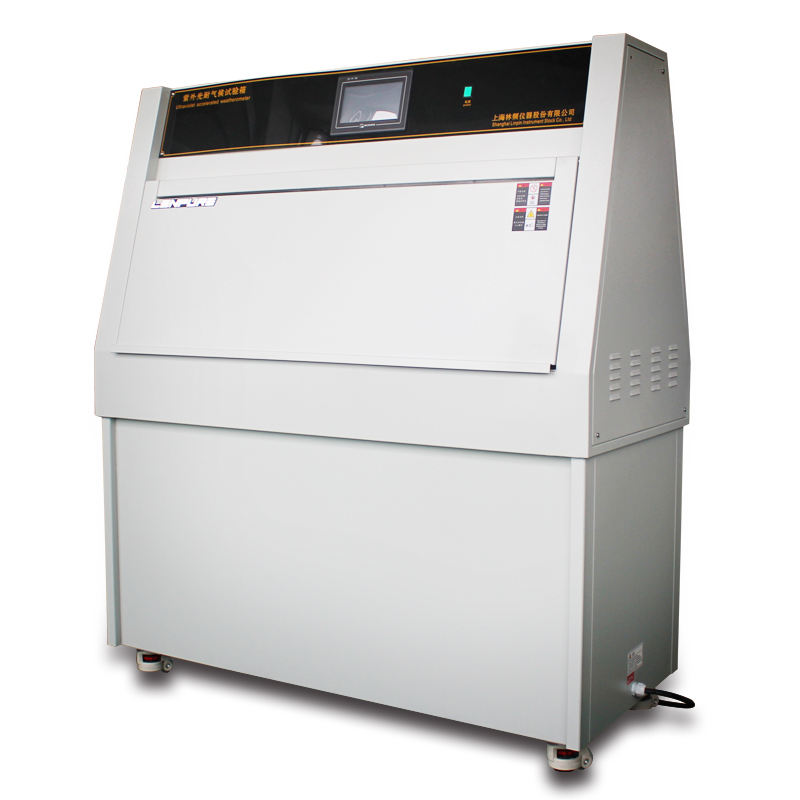
-
Ozone and Other Pollutant Gases:
Ozone generated by short-wave UV radiation inside the chamber, along with other pollutant gases, can affect the degradation process of certain materials. Unless otherwise specified by relevant standards, these harmful gases should be expelled from the chamber. -
Mounting Fixtures and Installation:
The thermal properties of various mounting fixtures and their installation methods can significantly impact the temperature rise of test samples. These factors should be carefully considered to ensure their heat transfer characteristics represent typical real-world usage conditions.
What Environmental Factors Affect UV Aging Test Chambers?
By understanding the environmental factors that influence UV aging tests, we can take precautions during operation to prevent adverse effects on test results, thereby achieving more effective testing outcomes.

